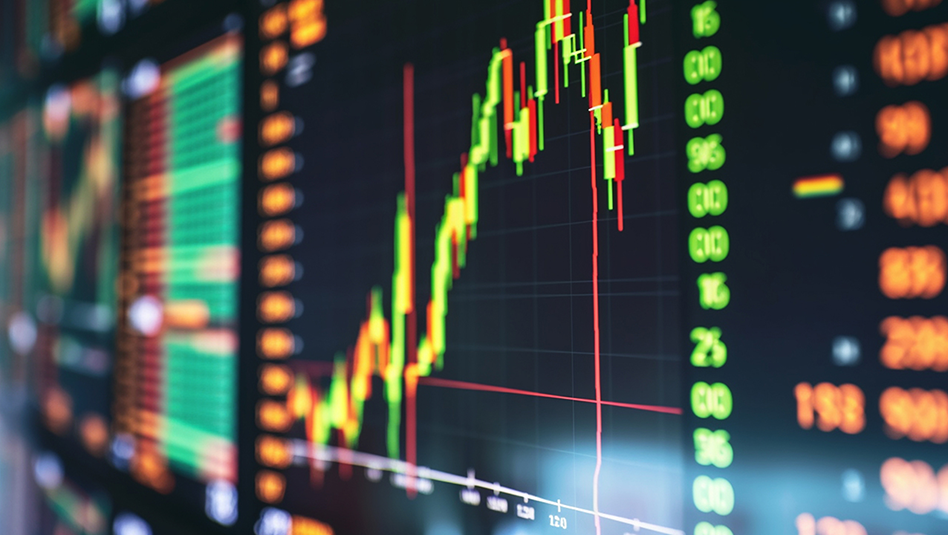WASHINGTON, March 7 (Reuters) – The White House on Tuesday underscored the importance of waiting for more data as the Federal Reserve signaled it could push interest rates higher than expected given less progress than central bankers had hoped in lowering inflation.
Asked about Fed Chair Jerome Powell’s comments earlier in the day that it would be appropriate to raise rates more than expected in the face of those setbacks, and possibly at a swifter pace, a White House official, who declined to be named, said it was vital not to rely too much a single month’s data.
“The White House isn’t going to interfere with the Fed’s management,” the official said, reiterating the independence of the US central bank. “But we’re dealing with one month of data and people need to sit back and take a breath.”
The White House is reliant on Powell, a moderate Republican, to steer the economy to a soft landing as Democratic President Joe Biden gears up for a second presidential campaign that will focus on job creation and new investment.
Inflation has been a huge factor in driving down Biden’s approval ratings.
Powell, in the first of two days of testimony to Congress, earlier had bemoaned the “partial reversal” of the progress Fed officials thought they had seen in inflation coming down through the end of last year.
A raft of data covering January released over the course of last month, including reports showing more than half a million new jobs, robust consumer spending and stronger-than-expected readings of inflation, showed the economy may not be slowing to the degree Fed officials believe is needed to bring inflation down to its targeted level of 2% annually.
Powell told the Senate Banking Committee the data had come in stronger than expected, which suggested interest rates would “likely be higher than previously anticipated.”
His testimony prompted BlackRock, the world’s largest asset manager, to forecast the Fed could raise interest rates to 6% and keep them there for an extended period of time.
Tuesday’s hearing highlighted the gap between the Fed’s focus on achieving its 2% inflation target and the White House and progressive Democrats’ push for more, better-paying jobs.
Senator Elizabeth Warren and other Democrats grilled Powell on the impact of rate hikes on jobs, and the impact of company profit-taking on inflation.
Powell said the Fed would be prepared to increase the pace of rate hikes if the “totality” of incoming data ahead of the Fed’s next rate-setting meeting in two weeks “indicate that faster tightening is warranted.”
Message to markets
Biden administration officials said they were not surprised by Powell’s comments and understood he was sending a strong message to financial markets that the fight against inflation is not over. Biden himself has repeatedly hailed progress in easing inflation while acknowledging more work is needed.
“The Fed is independent and we do not comment on their policy,” White House press secretary Karine Jean-Pierre told reporters, when asked about Powell’s remarks Tuesday. She said Biden “believes that it’s important to give the Fed the space needed to make decisions on monetary policy.”
White House economists see recent moderation in inflation and strong jobs data as “evidence that the president’s economic plan is working,” she said. “That’s what we’re focused on.”
The February jobs report scheduled for Friday could provide more clues about future Fed actions after January’s monthly employment report showed blisteringly fast job growth and sustained wage inflation, followed by strong reads of consumer spending and business activity.
Treasury Secretary Janet Yellen and other administration officials have noted the January data may have been influenced by unseasonably warm weather and other factors.
Since last March, the Fed has raised rates from near zero to the current range of 4.50-4.75% to bring inflation down from 40-year highs hit in mid-2022. It slowed the pace of increases to a quarter percentage point at its last meeting after a string of outsized increases through much of last year, but analysts say it may have to go back to half-percentage point hikes.
(Reporting by Andrea Shalal; Editing by Heather Timmons, Deepa Babington and Chris Reese)







 DOWNLOAD
DOWNLOAD





